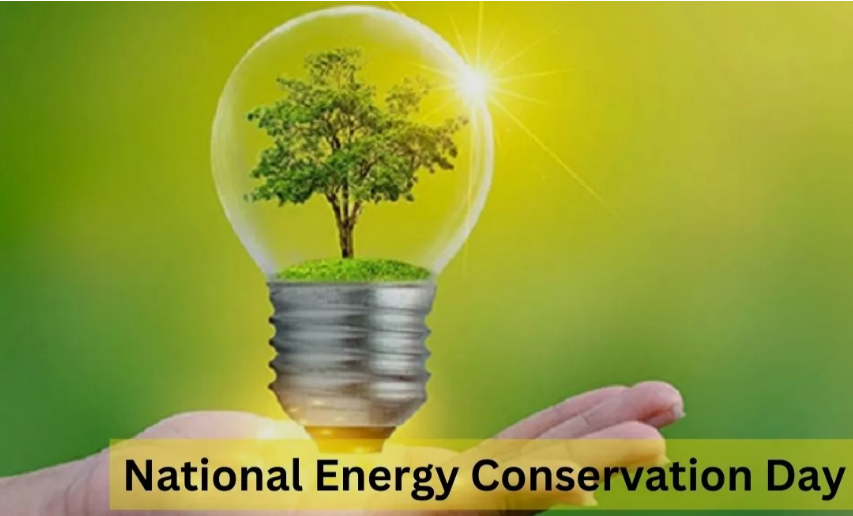




Source: DOWNTOEARTH
Disclaimer: Copyright infringement not intended.
The Ministry of New and Renewable Energy has recently amended the solar panel efficiency norms for off-grid rural solar projects to boost rural electrification in remote and difficult-to-access areas.
India’s rural electrification still faces challenges particularly in remote pockets where grid connectivity is unreliable or absent.
Off-grid solar solutions like solar lamps, streetlights, microgrids, solar fans, etc. have emerged as viable alternatives.
Previously MNRE set strict minimum efficiency thresholds for solar modules under the Approved List of Models and Manufacturers to maintain quality and performance.
Utility-scale/Grid-connected plants (Category 1):
Crystalline silicon modules: ≥20% efficiency
Cadmium Telluride (CdTe) modules: ≥19% efficiency
Rooftop solar & solar pumps (Category 2):
Crystalline silicon: ≥19.5%
CdTe: ≥18.5%
Small-scale solar lighting (Category 3):
Crystalline silicon: ≥19%
CdTe: ≥18%
Efficiency threshold for off-grid solar modules below 200 watts (solar lanterns, small streetlights, fans) reduced uniformly to 18% for both crystalline silicon and CdTe modules.
Larger systems like solar pumps and rooftop installations retain the earlier stricter efficiency norms.
Aim: To increase participation of smaller manufacturers, reduce costs and improve supply in rural, off-grid areas.
Monocrystalline: Higher efficiency, more expensive, black panels.
Polycrystalline: Slightly lower efficiency, cheaper, blue panels.
Thin-film technology, lower efficiency but better performance in low-light.
Lower cost but contains toxic elements (cadmium), requiring careful disposal.
Makes solar kits more affordable especially for rural off-grid applications.
Encourages small manufacturers to enter the market enhancing competition and supply.
Supports energy access for underserved rural populations by enabling the installation of more solar lamps, streetlights and small appliances.
Lower efficiency means panels might need more space for the same energy output.
Possible quicker degradation leading to reduced lifespan and reliability.
Risk of market flooding with substandard products if enforcement of quality is weak.
Potential environmental issues from waste if poor-quality panels degrade prematurely.
India has rapidly expanded its off-grid solar capacity.
Over 1.7 million solar home lighting systems, 8.4 million solar lamps and nearly 1 million solar streetlights installed by 2024.
Total solar capacity reached 216.86 GW by 2024 with off-grid systems contributing 4.98 GW as of April 2025.
The Off-Grid Solar PV Applications Programme by MNRE focuses on solar home systems, streetlights, microgrids, pumps and lanterns to bridge the rural electrification gap.
Sources:
|
PRACTICE QUESTION Q. Discuss the recent decision by the Government of India to ease solar panel efficiency norms for off-grid rural projects. How does this move balance the objectives of rural electrification and quality assurance? 250 Words. |






© 2026 iasgyan. All right reserved